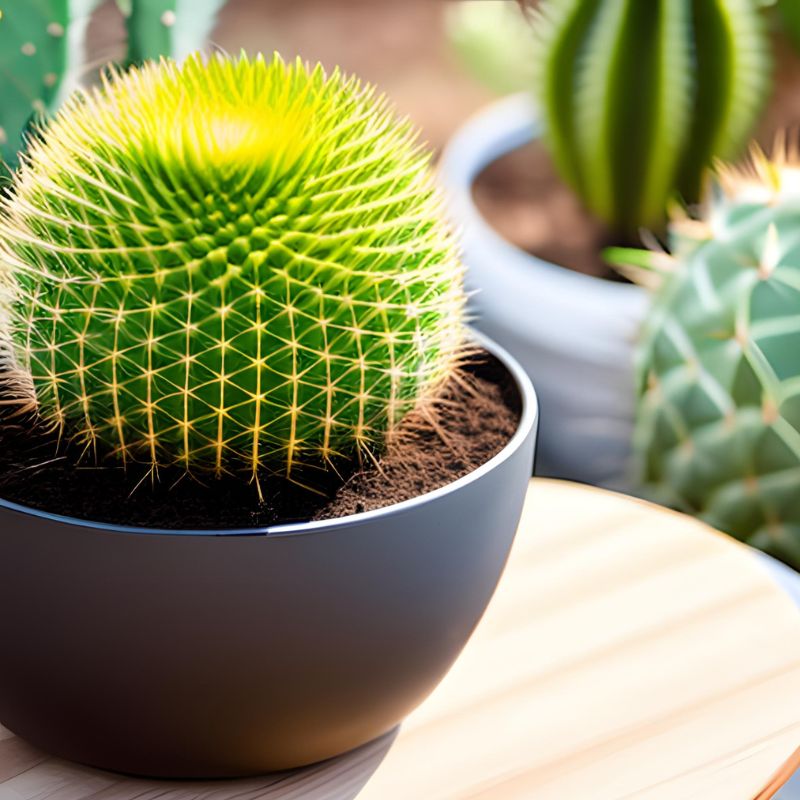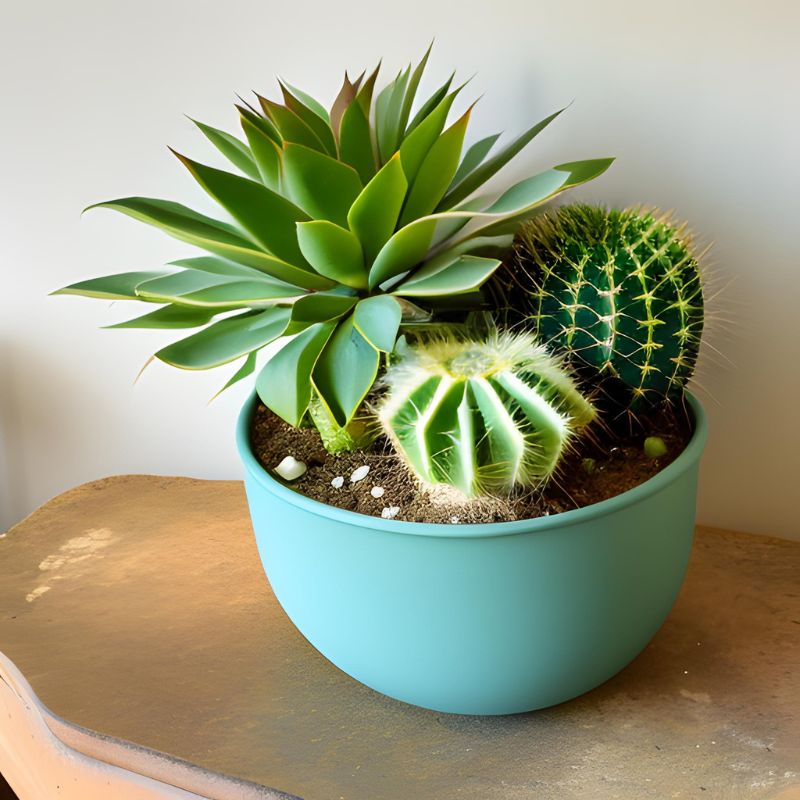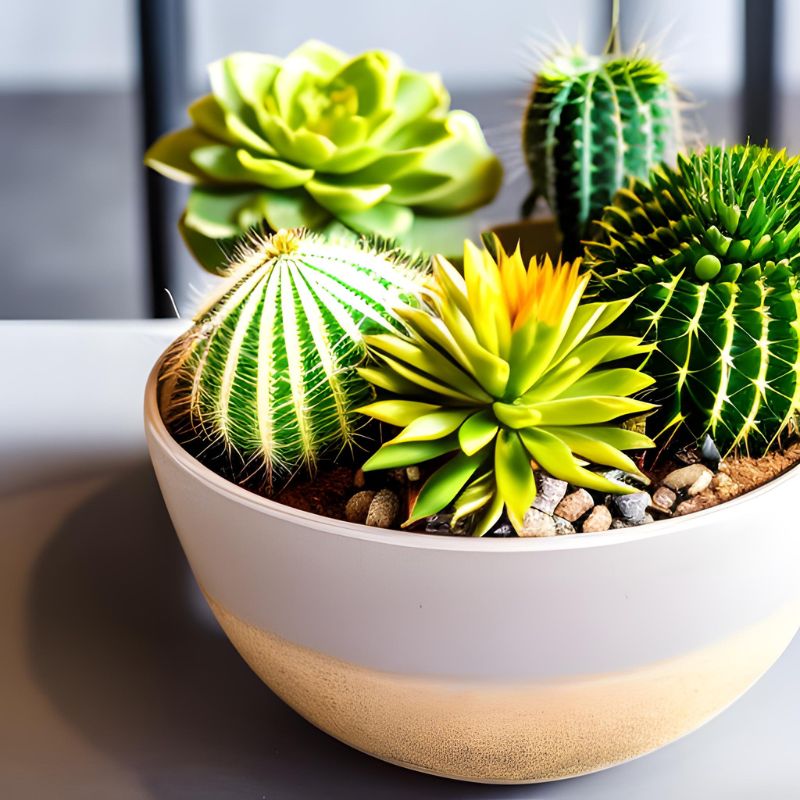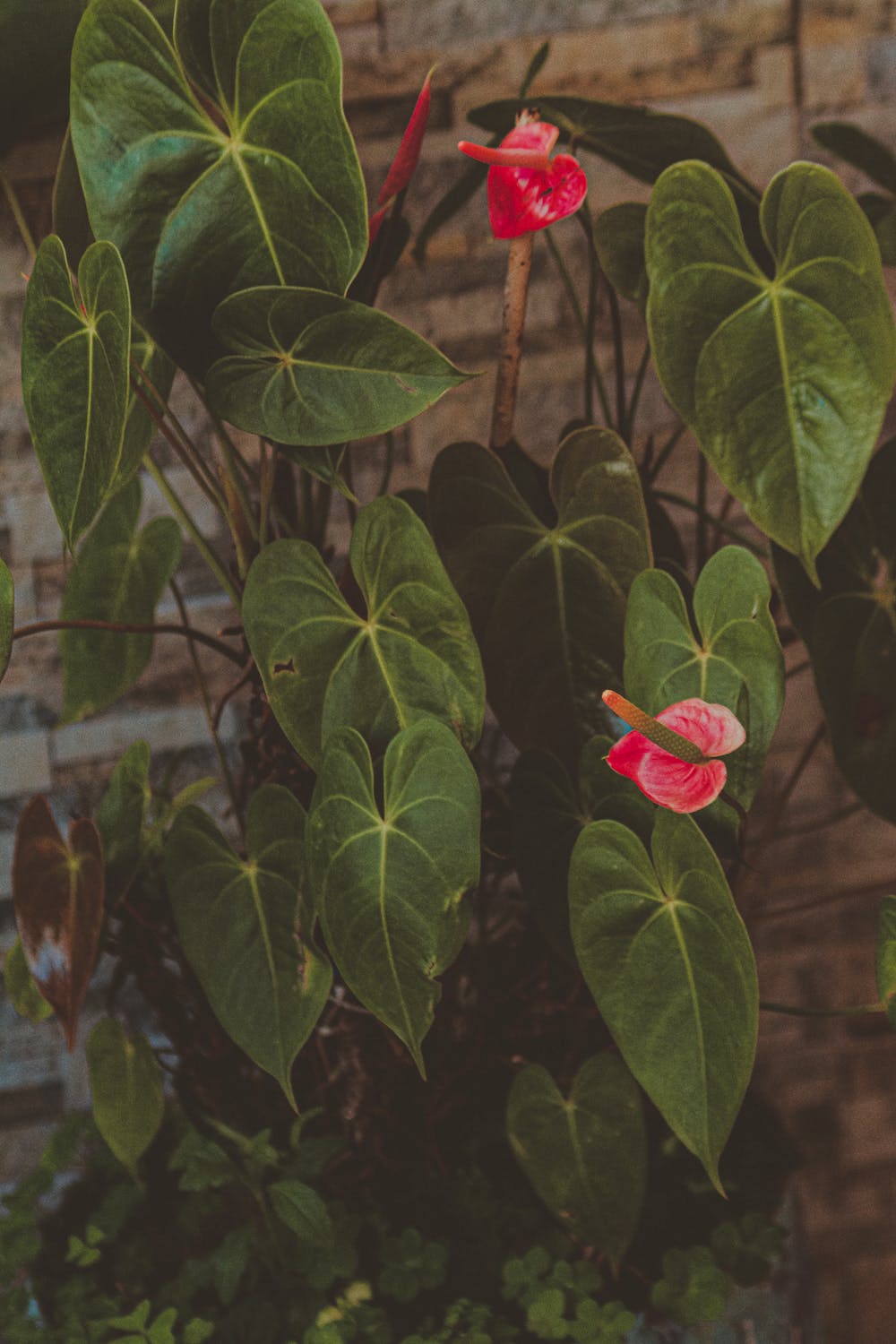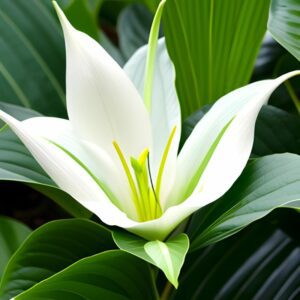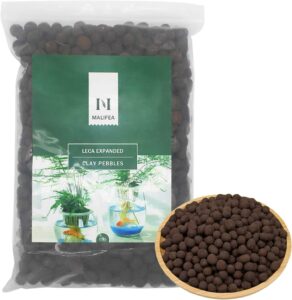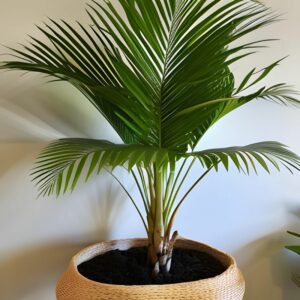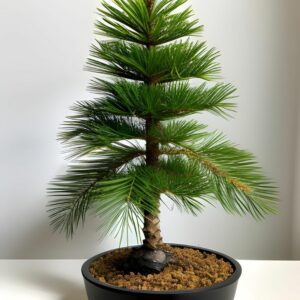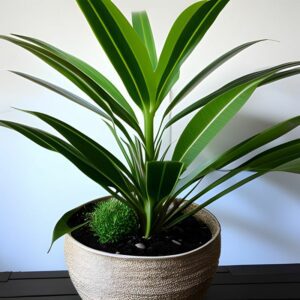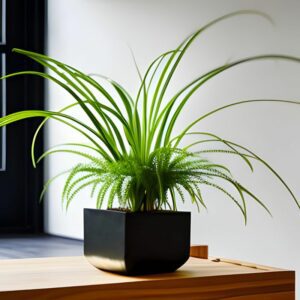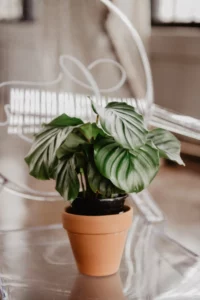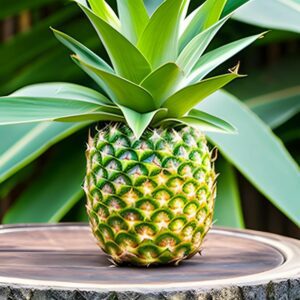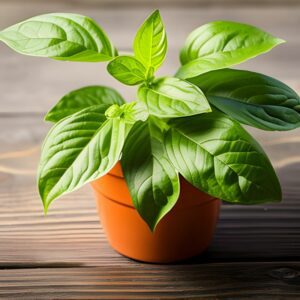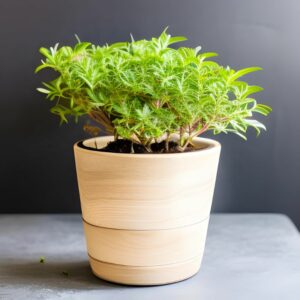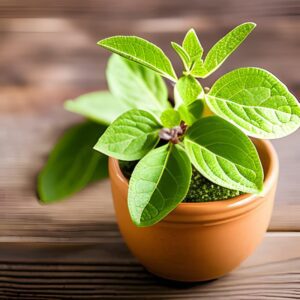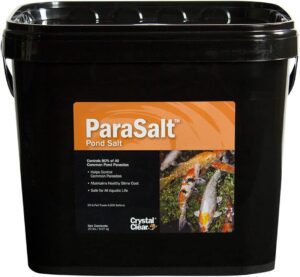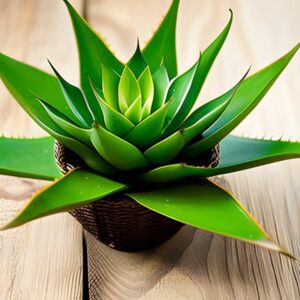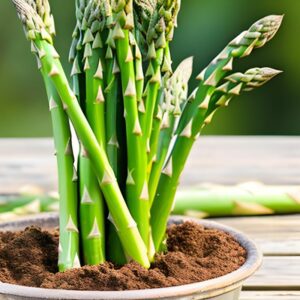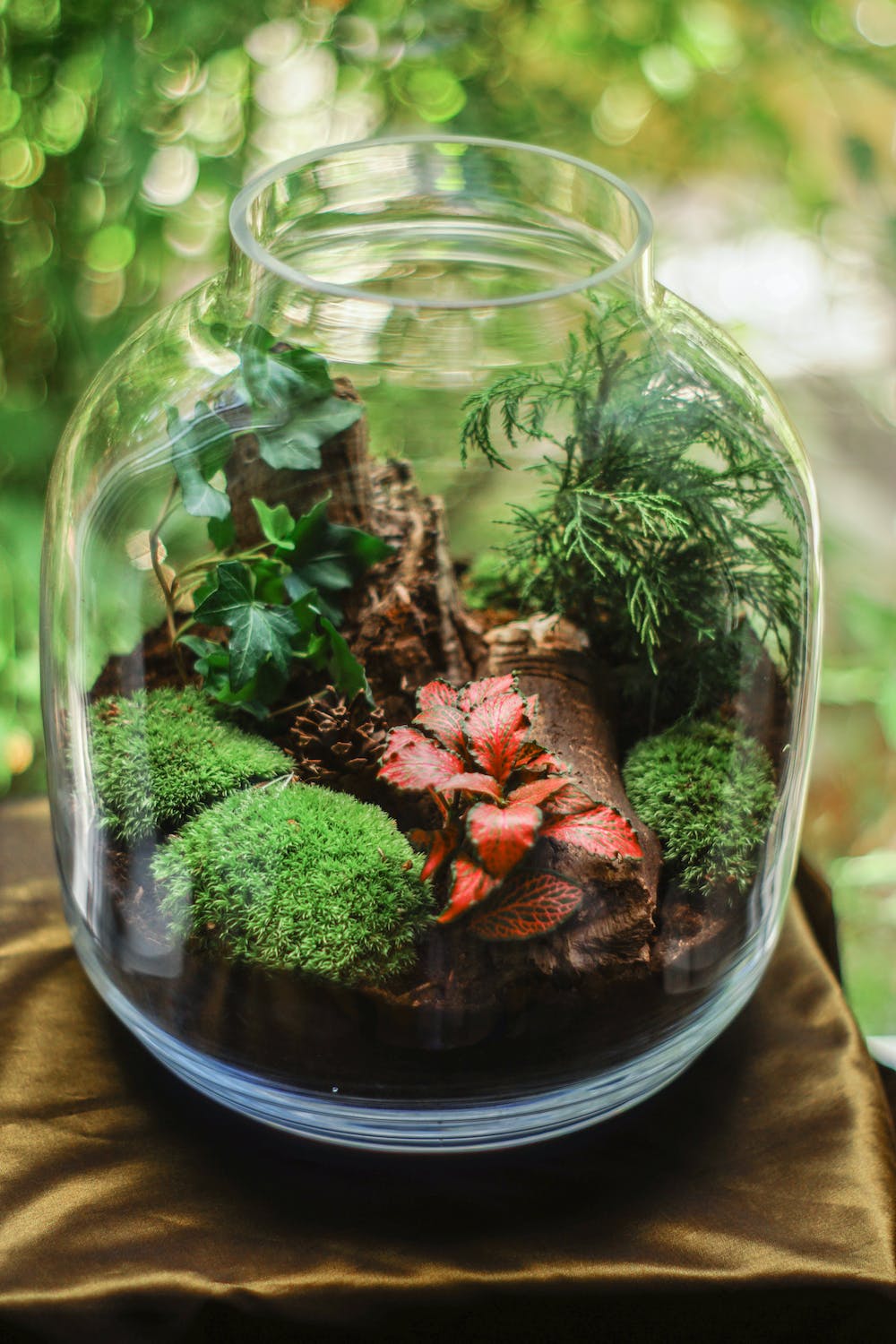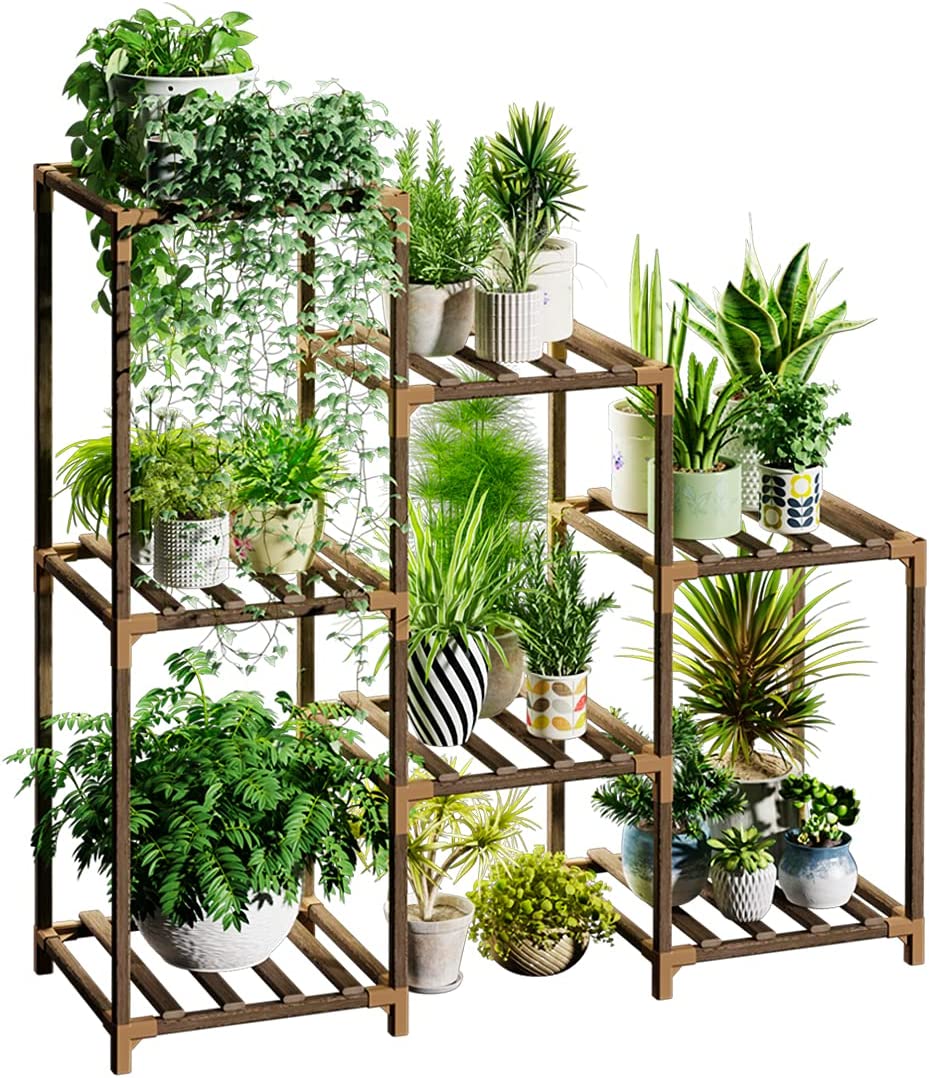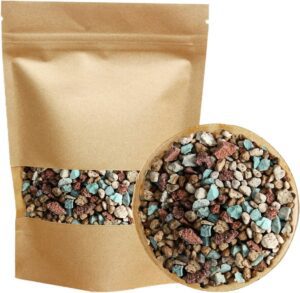Cactus
Houseplants
- Various regions worldwide
- Easy
- Varies based on species
Introduction
Cacti are unique and resilient plants that can be found in various regions worldwide. Known for their spiky appearance and ability to thrive in arid environments, cacti have become popular houseplants due to their low maintenance requirements.
Plant Characteristics
Cacti come in a wide range of shapes, sizes, and colors. They have thick, fleshy stems that store water, which allows them to withstand drought conditions. Some cacti also produce vibrant flowers, adding beauty to their already striking appearance.
Ideal Growing Conditions
Cacti prefer bright sunlight and well-draining soil. They are adapted to arid environments and do well in dry conditions. Overwatering is a common issue, so it’s important to allow the soil to dry out completely between watering sessions. Cacti can tolerate a wide range of temperatures but generally prefer warm conditions.
Planting Guide
When planting cacti, choose a container with drainage holes and use a specialized cactus potting mix or create a well-draining mix with sand, perlite, and regular potting soil. Carefully place the cactus in the container, ensuring that it is secure and upright.
Watering and Fertilizing
Water cacti sparingly, allowing the soil to dry out completely between waterings. During active growth periods, water more frequently but still avoid overwatering. Fertilize cacti sparingly, using a diluted cactus fertilizer during the growing season.
Pruning and Maintenance
Cacti generally require minimal pruning. Remove any dead or damaged parts using clean, sharp tools. Handling cacti with care is crucial due to their spines.
Harvesting or Flowering
While some cacti produce edible fruits, most houseplant cacti are grown for their ornamental value rather than for harvest. Enjoy their beautiful flowers when they bloom, which can vary based on the species and environmental conditions.
Post-Harvest Care
After flowering, allow the spent blooms to naturally fade and wither. Resume regular care and maintenance to ensure the health and longevity of the cactus.
Troubleshooting
Overwatering is the most common issue with cacti. Be cautious not to water them excessively, as it can lead to root rot. Monitor for signs of pests such as mealybugs or scale insects, and take appropriate measures to address them.
Fun Facts
Cacti are known for their ability to survive in extreme conditions, with some species living for over 100 years. Some cacti have also been used for medicinal purposes by indigenous cultures. Additionally, the saguaro cactus is the largest cactus species and can reach heights of up to 40 feet.

